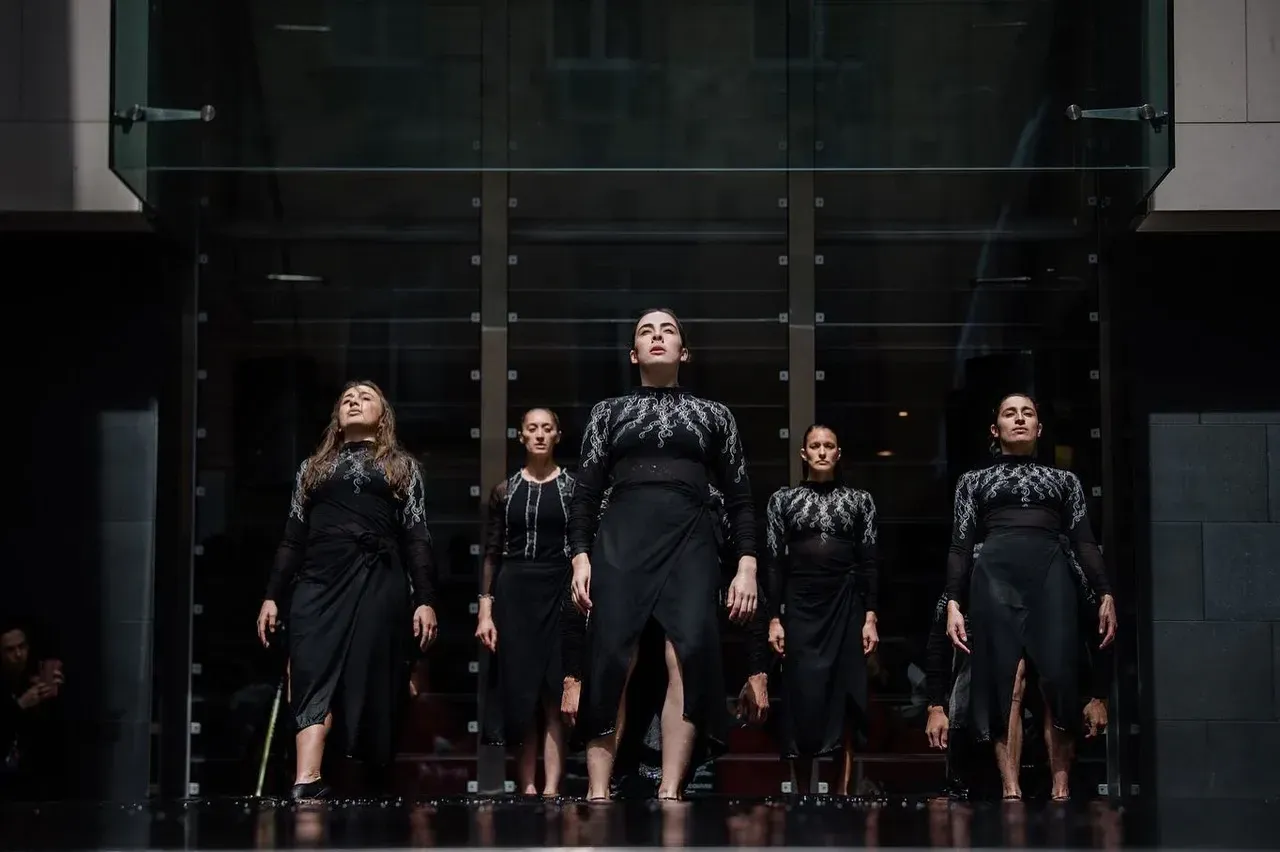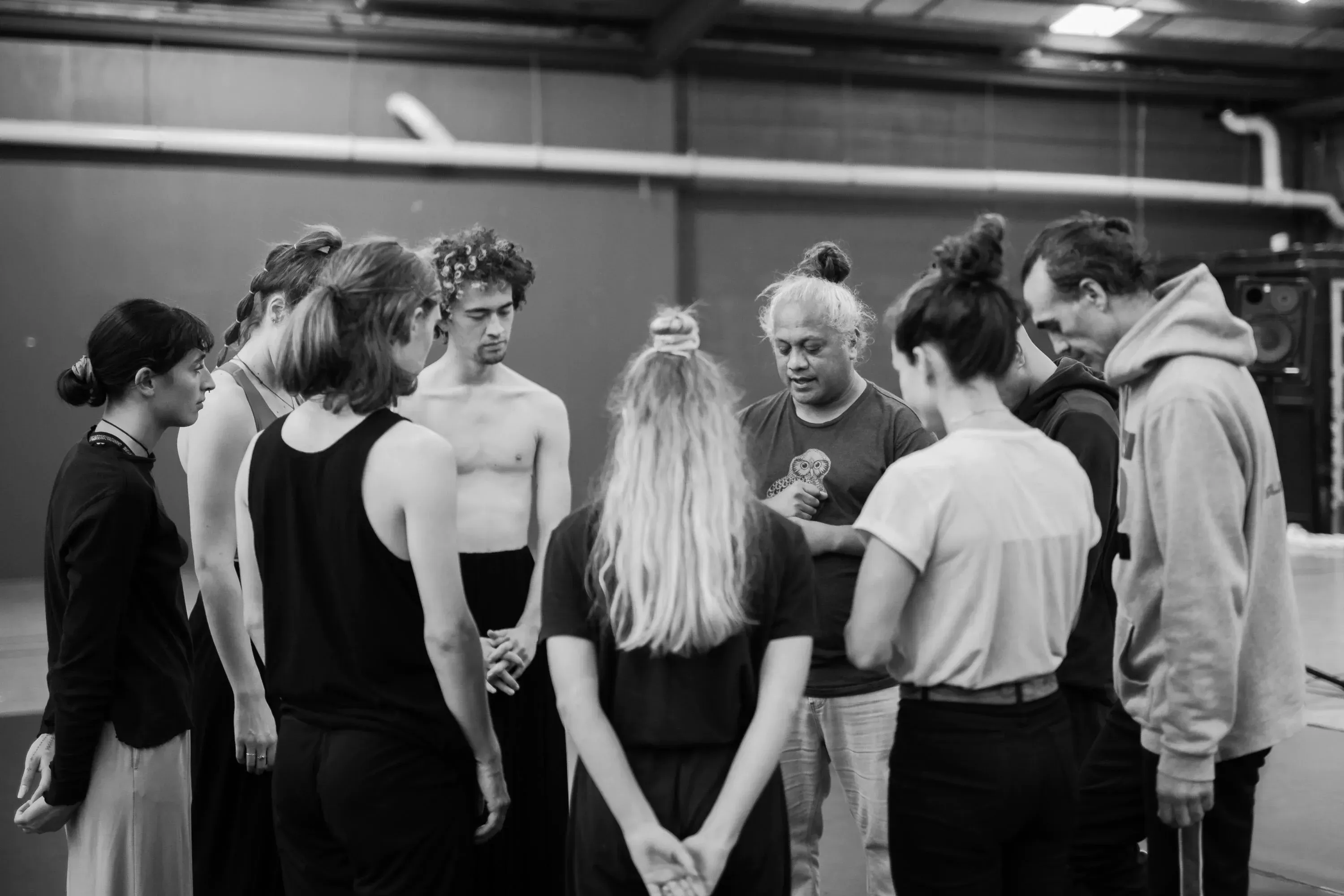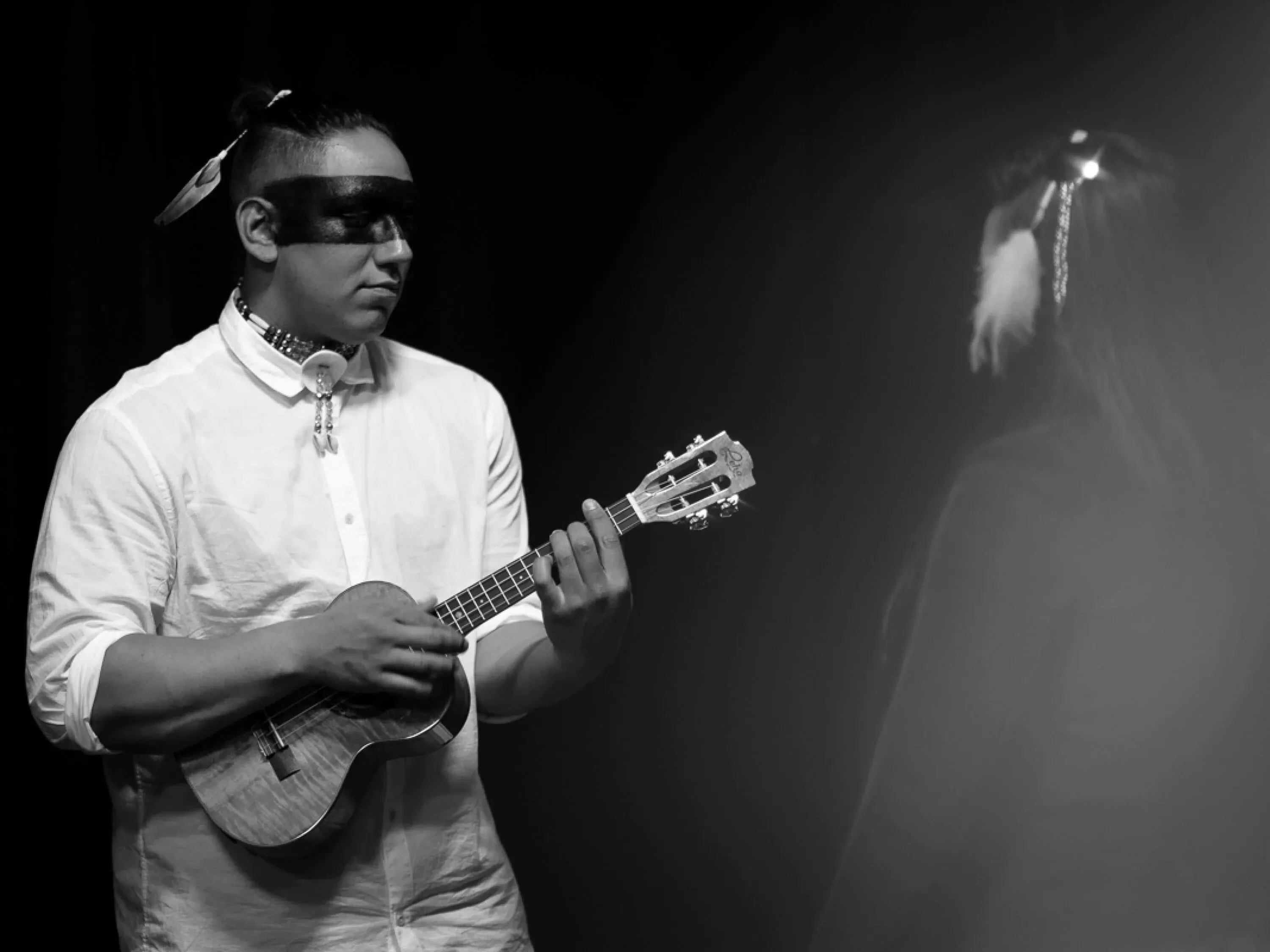Waking Up Māori Again - Why This Kōrero Matters
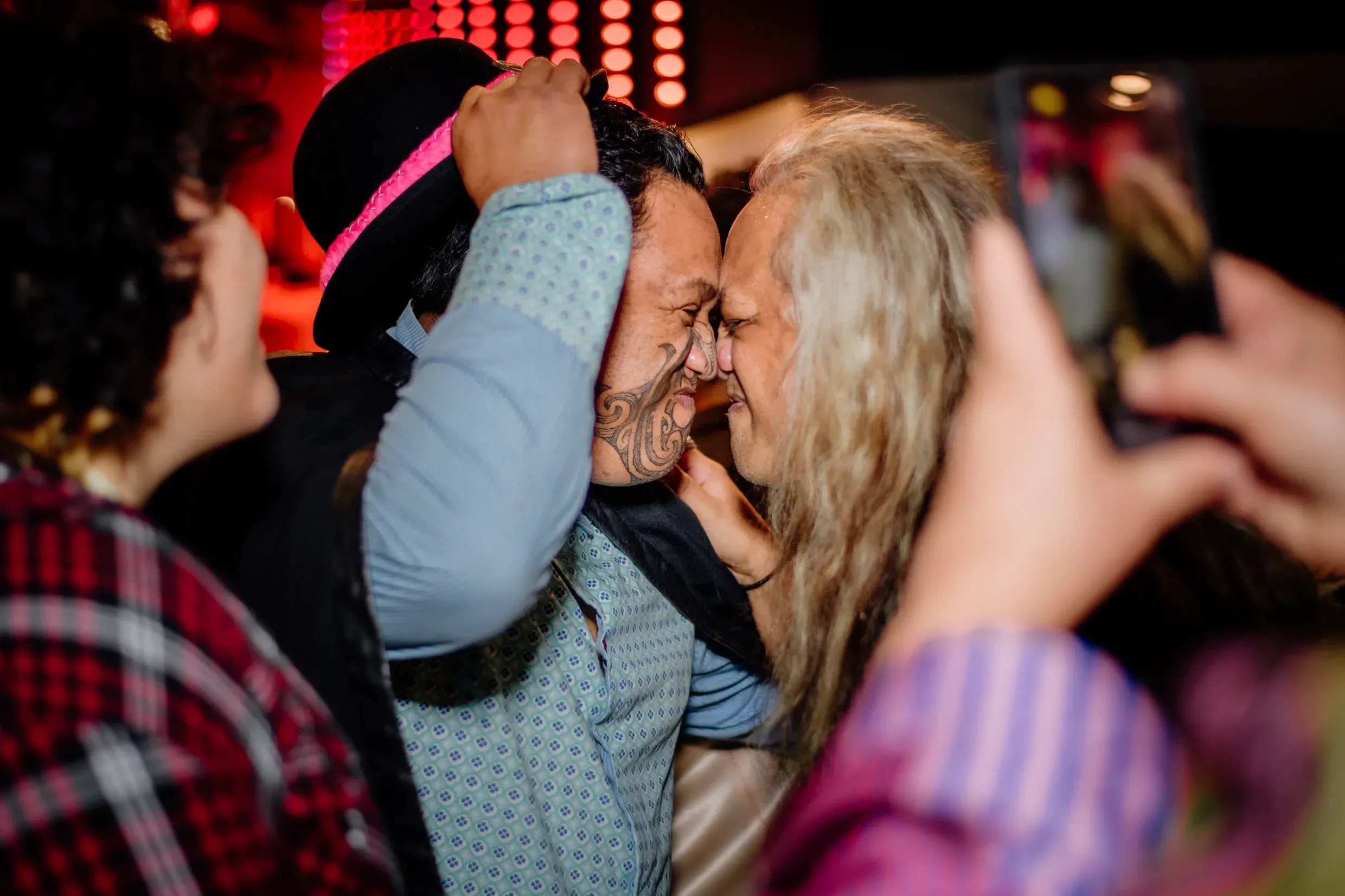
On Friday, The Big Idea published a story on Jack Gray’s personal experience with Lorde’s record company ahead of her Te Reo Māori release - “Tokenism in Full Force” - My Take on Lorde’s Album.
It’s been shared all over the world and has sparked strong emotions on both sides of the kōrero. The influential choreographer and Atamira Dance Company Artistic Director has offered his reaction and how the conversation is timely with Te Wiki o Te Reo Māori.
The first thing I heard was the manu. Our birdlife chirping their call to a new day.
I immediately thought to go outside, to stand in the cold without my dressing gown in the frost feeling blue, and to immerse myself in their reo. I tried to concentrate on the tree line, the dark sky, exploring the rangi.
I recall a learning that was shared with me that our ancestors would trace the edges of a far off maunga, mountain range and the melody of their tribal chant lines would match the geographical rise and fall. What happens now, centuries later, as I try to trace the few trees there are in my concrete suburban rohe, missing the clothesline, the neighbour’s roof and the TV aerial.
Thankfully, the birds retained their reo, since time immemorial when they were gifted a voice. Though we don’t really know if these birds are singing the same sounds of their ancestor, perhaps many of these birds aren’t even native. Anyway, the ideas percolating indulge my spirits this morning as I re-engage with the natural world.
I feel today’s thoughts sit differently on the body.
This body, my body, body of my navigating forebears, those who named Aotearoa after their trails from Hawaiiki, those who came by waka (or by whale). I am part of the bodies of rangatira and matakite, chiefly and spiritual prowess, writers and musicians. No doubt part of the bodies of the incarcerated and the addicted, poverty struck and lost.
None of these things define me. But they are all considered, and I bring all of them to the kōrero.
My body is a revolution. It is a canvas for potential.
This week is Te Wiki o Te Reo Māori.
I remember reading Witi Ihimaera novels as a teenager, learning about Māori experiences that I was never told about. I fell deeply in love with his use of language, both in Te Reo and English. His words helped me through the cosmic combustion, like oil and water, the hiss and roar, parting of seas with the ferocity of wairua embedded in stories of Te Ao Māori.
I remember discovering Ralph Hotere’s contemporary abstract art. The black-on-black painting slaying the night, the long night, the dark night, the night of turning. I remember not knowing what Mitimiti looked like for much of my life. My ancestor’s resting place was in Hotere’s paintings. When I discovered he came from where I came from, I can’t tell you the relief I felt. I saw through the dark and saw myself.
That was the language I understood and where I channel my energy as a maker myself. In that space where nothing and everything is possible. In the old days instead of written language we had the arts. Carved posts. Crafted mats. Flute love notes. Signposts to the gods.
This week is Te Wiki o Te Reo Māori.
I am thinking about discourse that erupted on social media over the weekend about my article on Lorde’s Te Reo Māori album. I pulled myself away to put a korowai around my broad shoulders.
I learned words are a catalyst for people’s triggers, their identities, their stories and beliefs. I recognise things shared that took some people lifetimes to see and respond to.
That’s the good and bad thing about being in a space of discomfort. It hurts. It requires mechanisms of coping and activation of aroha. I tried not to invest in all the projections at me.
At the end of the day, I am still me. I was Māori this morning and I will be so tomorrow (no doubt but who knows?).
And now - my tipuna are telling me – begins the work.
What is the work?
It is the work of normalising the fullness of Te Ao Māori.
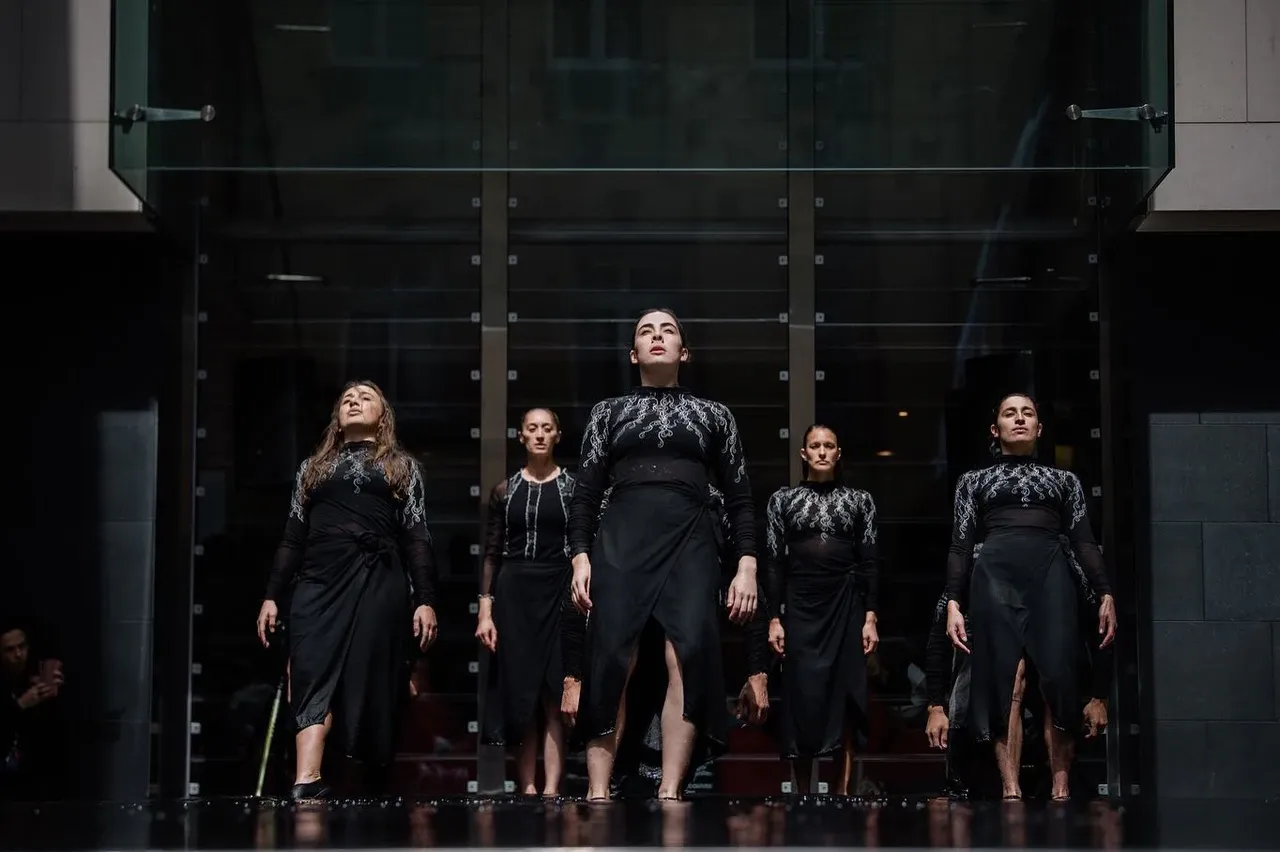
Atamira Dance Company. Photo: Jinki Cambronero.
My inbox flooded with many messages. People who deal with colonising violence on the daily. People who felt unable to speak up (at work or home). People who felt less alone.
My instinct is really to try to listen and understand. It is partly the reason why, on the back of an A.M.P Scholarship 10 years ago, I traveled abroad to share and communicate cultural research with Indigenous communities.
I will never forget sitting at a bar in New Mexico with a world champion Hopi-Tewa hoop dancer, Nakotah LaRance (who sadly passed in 2020, aged 30). He talked to me about dying languages. I was shocked by the idea that a language could die, given the work put in over the past 30 odd years to save, restore and invigorate Te Reo Māori.
Of the 245 Indigenous languages listed in the USA, 65 are already extinct with 75 on the brink.
I can and do kōrero Māori, and utilise what I was taught. For me, I grew up mostly watching my brothers and sisters singing and doing haka. Though my father was fluent, he was sworn not to speak by my grandmother. His name Tiaki Kerei – that’s also where Jack Gray came from.
This week is Te Wiki o Te Reo Māori.
I acknowledge the normalisation of Te Reo Māori during my primary school upbringing, taught by Mary Snowden and her brothers and sisters who some may know - Carl Ross and Donna Ross from Te Waka Huia. Uncle Carl is now the Chief Executive of Te Matatini. Also at Rutherford High School, taught by Maurits Kelderman, Noel Te Tai, Kiri Paniora, and the great Dame June Mariu.
I chose the trail of contemporary dance. This led to the creation of Atamira Dance Collective. I have a Māori language. Of body. Of voice.
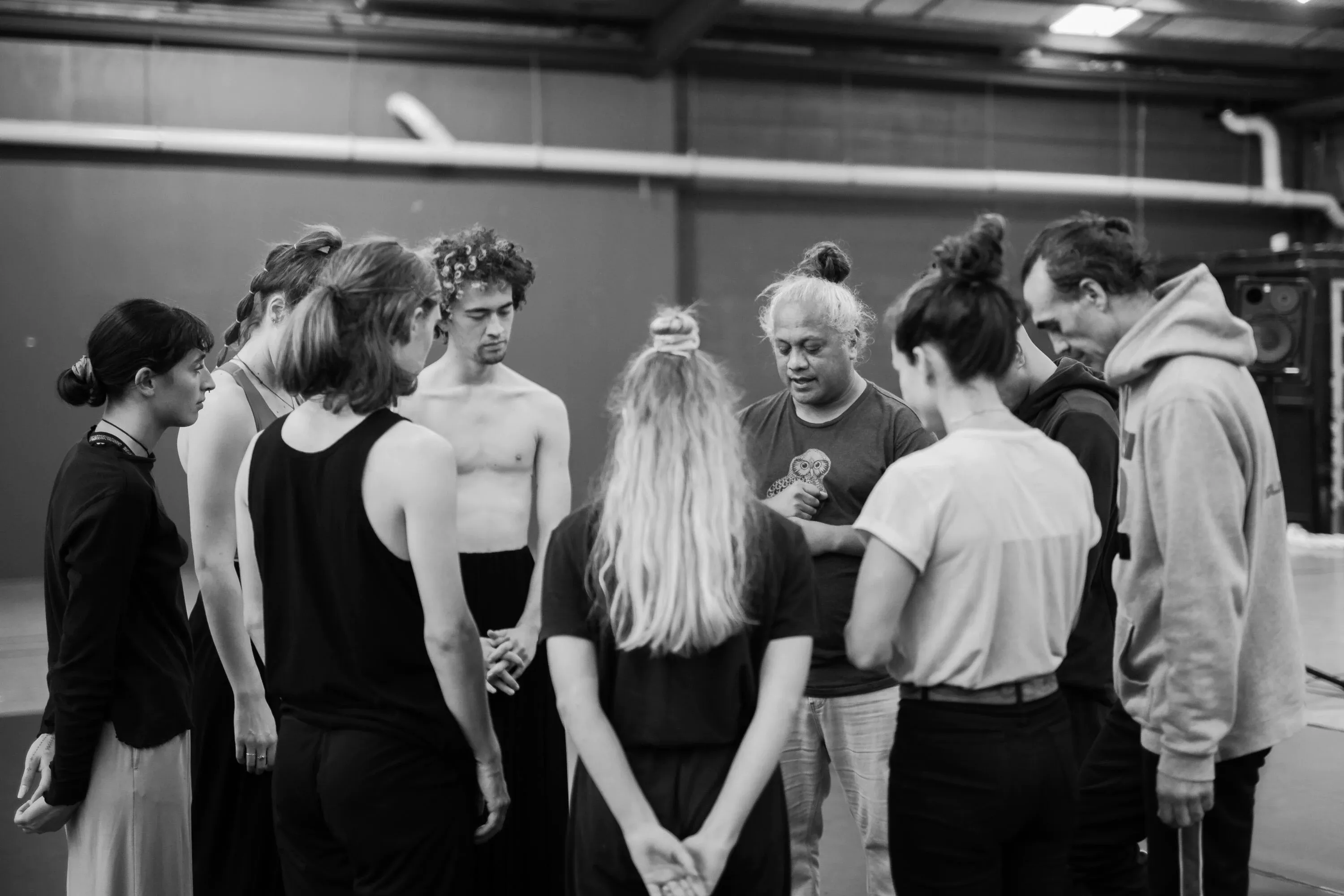
Jack Gray (centre) holding court with Atamira Dance Company. Photo: Jinki Cambronero.
The idea of normalisation coming through recognition via other bodies is another take, and I am recentring the conversation back to where it belongs. On Māori terms, as a lifetime commitment.
I actively choose not to sit in my trauma (language loss being one of many). It’s why I created Movement for Joy and have shared that platform at Opanuku Studio, in Hawaii with Tahiti Mana, with the whanau of Grandmother Arapata in Tongva Land (LA), at Indigenous Choreographers at Riverside in California, at the International Indigenous Cultural Exchange at Ora Gallery (Manahatta), and at the First Nations Colloquium in Richmond, South Africa.
When people ask, “what have I/we/you done for the language?”, my answer is embedded in my work. It is about discussion. It is about acknowledgement. In the U.S I was able to create a methodology to share space with others, wānanga, that allowed people to see and reach into the spiritual realms of their multi-faceted experiences. No one exists in a binary.
I absolutely support the acquisition of Te Reo and any language. I understand that the usage of it is key and important. And I respect and support all efforts to do so. I do however draw the line at certain moments to ask critical questions.
Circling around, the important thing to me is to explore accountability. And to interrogate situations around how power and privilege are mobilising decision making and allocation of resources, support, and spotlight. Who is in the spotlight?
I acknowledge that one of the detonators of my article was around whiteness. It sets things off.
I was introduced to these concepts when I went to the U.S and engaged in some critical race dialogue at varying institutions. I worked at and with The Department of Theater, Dance, and Performance Studies at UC Berkeley where we engaged in a discussion around the misappropriation of Native culture in a miss-the-mark satire play Ishi: the Last of the Yahi by John Fisher.
I recall sitting in a meeting where the heads of the school grappled with the inability for some to see the violence being perpetrated in the name of “art” and “freedom of expression”. The Native people in the room, Tria Wakpa Blue (then Andrews) and Winnemem Wintu Chief Caleen Sisk had to lay down the law, they were exhausted by the erasure within the play’s white mentality and they demanded answers.
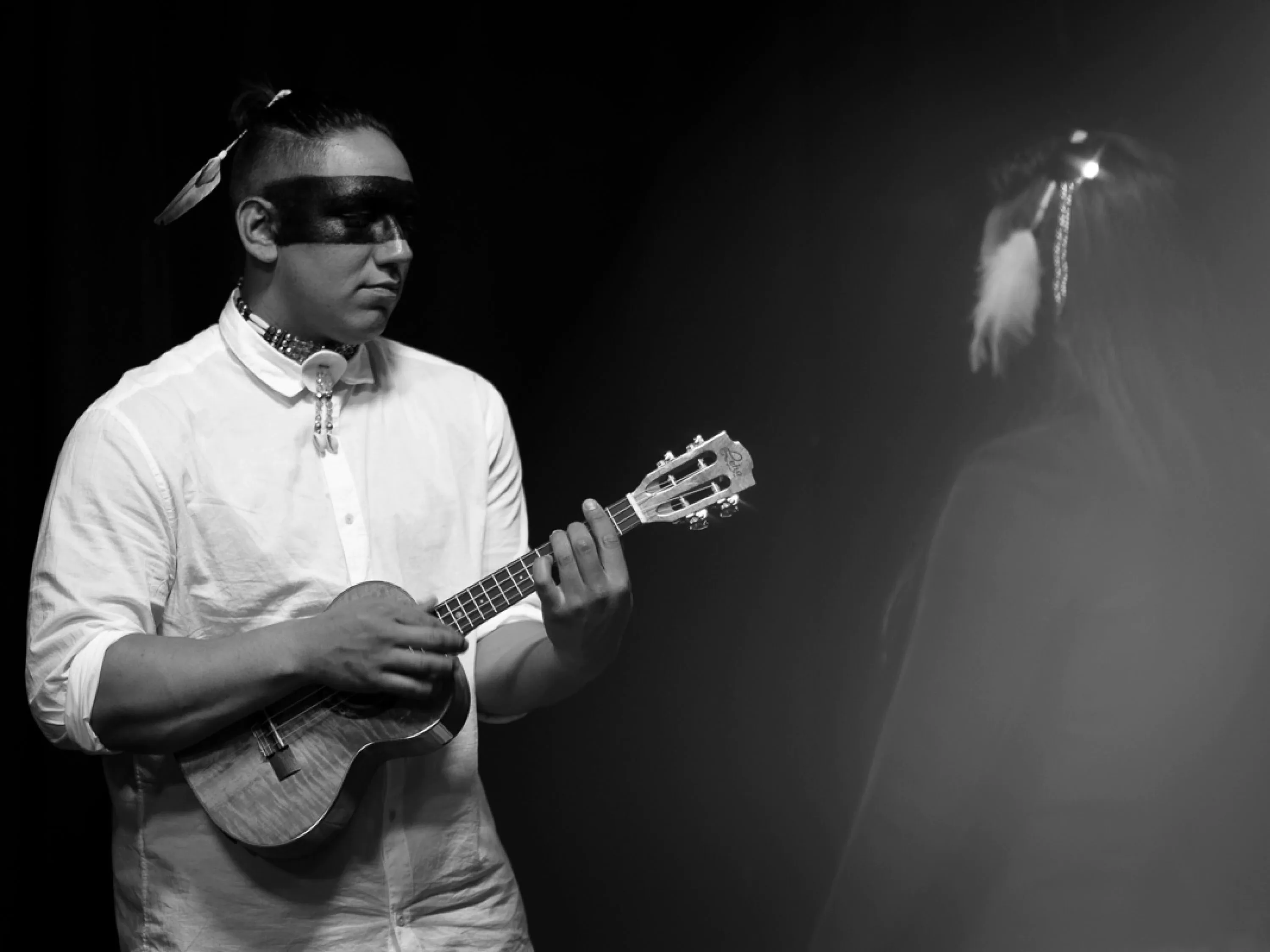
Kiowa dancers performing in 2015. Photo: Jinki Cambronero.
In later years, I was invited personally by Caleen to attend the ceremony in their territory. The salmon that spawn and are coveted by anglers in the Rakaia River in the Canterbury Plains, Aotearoa are the direct descendants of those that once filled the McCloud River in her people's lands, fish that were decimated by the building of a dam across the Sacramento River in the 1940s. Now, despite being more than 11,000 kilometres from their ancestral birthplace, efforts are underway to bring the salmon home.
The ceremony brought together a strong global leadership of Indigenous Peoples, including social justice activists like Pua Case and daughter Hawane Rios, synonymous with the action upon Maunakea against the Thirty Meter Telescope. We danced and chanted around the sacred fire and lit a connection that fuels ongoing efforts.
Recently, Tria (now Assistant Professor in UCLA's Department of Worlds Arts and Cultures/Dance) invited me to talk to her students about the contexts and meaning of Kereama Te Ua’s viral Haka at Standing Rock.
In all of these varying spaces, the cultural negotiation speaks into complexity. The critique of the system is absolutely necessary towards unpacking and shifting the status quo. I bring this global perspective to all things and have to navigate them with all that I know and all that I am willing to learn. It is also again about where we choose to shine the light and where we put it.
Lastly, I want to address that the efforts of the collaborators on (that persons’) album was not under attack.
So often, we use badges of honour to stifle commentary, and speaking to situations can be seen as negative. The amount of people who called me “courageous” was enough to start a mini pandemic.
I really want to recentre agency and truth – your truth – as the important status here.
I also acknowledge that polarised opinions are normal and natural too and that also informs the discourse. But I want to be accurate around what it is that I have added to the conversation, and why.
If it helps the nation move forward, through the sticky icky bits, then we should all really pat ourselves on our collective back.
This week is Te Wiki o Te Reo Māori.
As for burdens, is trauma ever something we will or should let go of? Is it just about learning a language? Planting a seed, standing on a mountain, catching a fish? Well, if we cast our minds back to the originating story that begat Te Ao Marama (the cosmology), the burden of the atua cramped within the loving but all-too-tight embrace of Earth Mother and Sky Father, the questioning of whether their parents should be killed or separated, therein lies the truth.
Ki te wheiao
Ki te Ao Mārama
Tihei Mauriora
